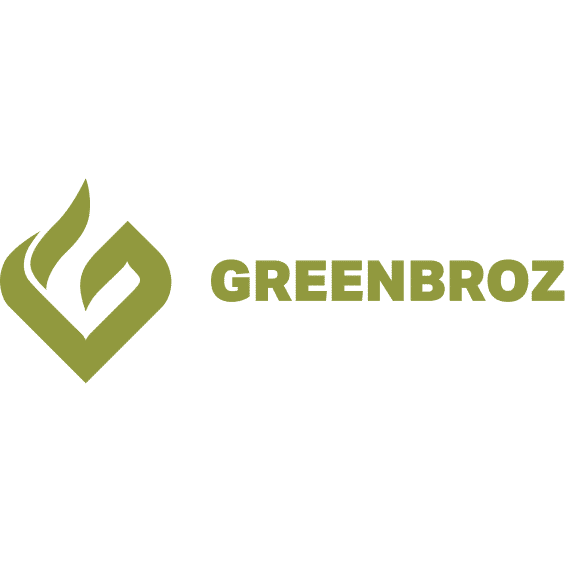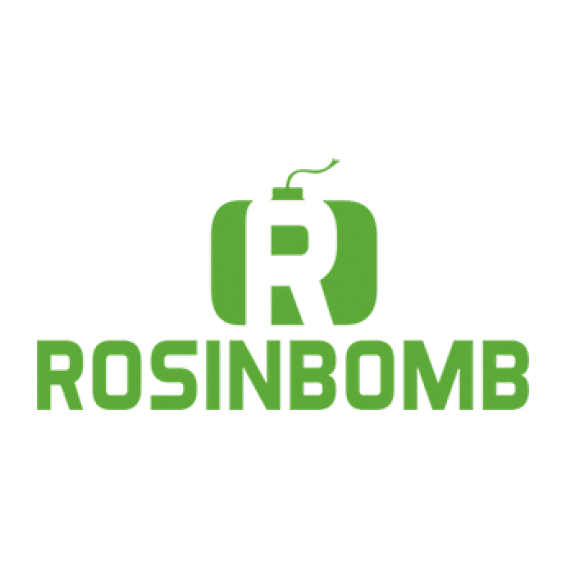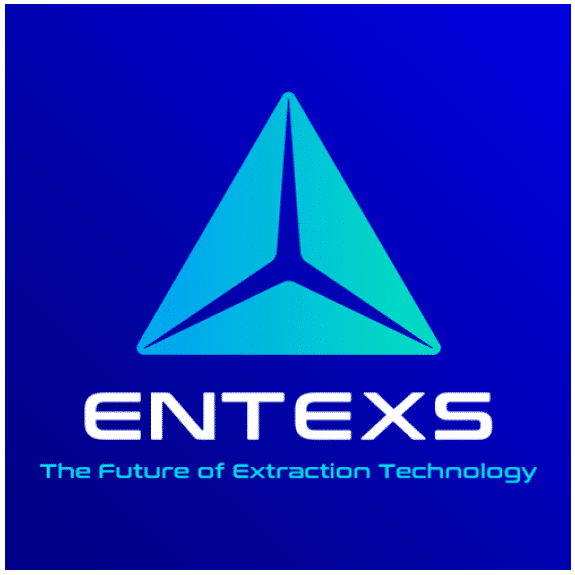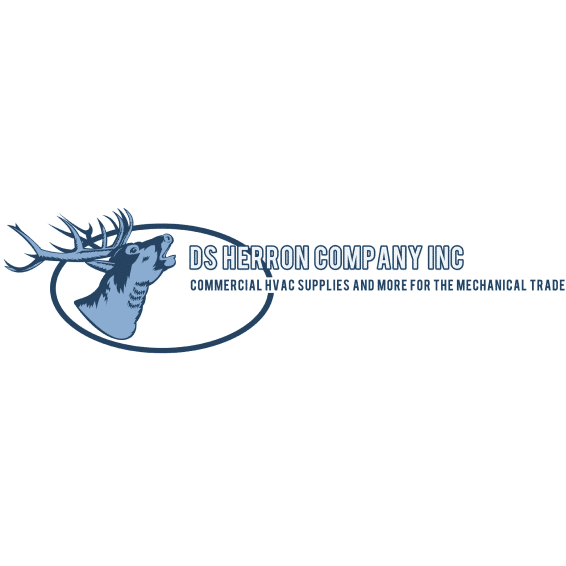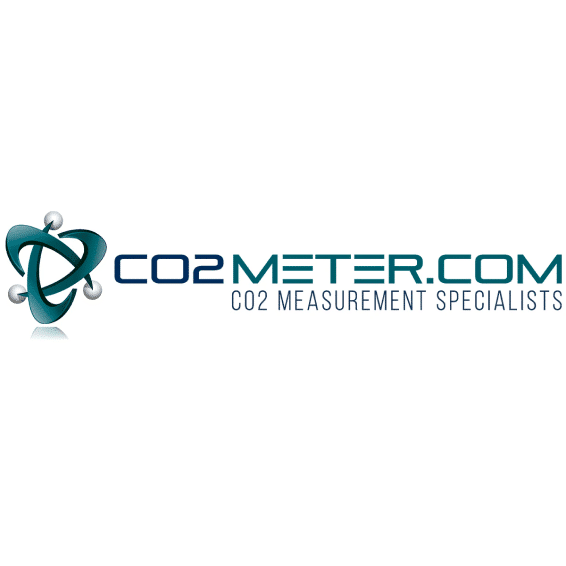Businesses Found: 43
Things to Know Before you Choose Your Equipment Supplier in This Directory
Equipment is probably the most crucial aspect of your operations. Whether your extraction lab works like clockwork or you work from service to service, focusing more on replacing faulty machinery than on perfecting your products, is defined by the supplier.
You can pay for cutting-edge research or for parts, welcome scientists and new professionals to your lab or wait for the tech support guys to come.
It’s also probably the most costly part of your extraction business launch. If you are considering CO2 extraction, the equipment costs alone can range from about $85,000 for small-scale operations to $500,000 for large-scale ventures.
Sure, it’s not so dire for every method (ethanol extraction equipment, for instance, can start from as low as $1,000), but large-scale operations can extend beyond $100,000 depending on the capacity and sophistication of the systems.
Don’t underestimate it by looking at a single crucial machine price in “like new” condition from a n auction. Even with more traditional lab setups, the overall investment for the necessary equipment like stainless steel tanks, closed-loop extraction units, and other associated lab gear can run up to $450,000.
The Types of Equipment Listed
First of all, it’s crucial to understand that we’re covering a variety of extraction methods here. Namely:
- CO2 extraction (praised for its purity and safety but comes with higher initial costs and slower extraction times);
- Ethanol extraction ( a more budget-friendly entry point and faster extraction times but requires careful handling);
- Hydrocarbon extraction (while cost-effective, suggests significant safety investments to manage the explosion risks).
Ultimately, the choice of equipment and the scale of your lab should align with the specific products you intend to produce.
And in this botanical extraction equipment supplier directory, you can find the perfect machinery of several groups, with tags for each.
Extraction Systems
The core of your operations, including:
- Extractors;
- CO2 Pumps;
- Hydrocarbon systems;
- Rosin Presses.
Post-Extraction Processing Equipment
Tools and machinery to use after the initial extraction to refine, purify, and enhance the quality of the product:
- Distillation Equipment;
- Evaporators;
- Solvent Recovery Systems;
- Refinement Equipment.
Ancillary Equipment
Supportive or supplementary, yet crucial for any extraction lab:
- Freeze Dryers;
- Ovens;
- Pumps.
Preparation and Pre-Processing Equipment
Devices that prepare raw materials for extraction (and largely define the batch quality):
- Shredders;
- Homogenizers.
Solventless Extraction Systems
All the essential equipment for extracting bioactive compounds without the use of solvents:
- Hash Washing Systems;
- Cold Water Extraction Systems.
Temperature Control and Stability
Main devices that control the temperature during the extraction and post-processing phases:
- Chillers;
- Stirrers.
Automation & Control
All the technology that automates aspects of the extraction process, in two major tags:
- Automation;
- Air Control.
Modular and Turnkey Solutions
Interconnected systems, covering multiple aspects of extraction in one system:
- Modular Platforms;
- Turnkey Systems.
Other Specialized and Miscellaneous Equipment
Other equipment and supplies that do not fit other categories:
- Spray Drying Systems (to dry liquid solutions into powder form through a spray);
- Resinators (the production of resin from extracts);
- Remediation (to remove unwanted impurities from extracts);
- Lab supplies.
Keep in mind that it’s not an extensive list, so if your extraction business suggests anything more specialized, it might be a good idea to use the Search bar to look for companies that have the equipment you need listed in their descriptions.
Things to keep in mind for proper equipment selection
While you can find an equipment supplier in this directory and get their contact info, we can’t help you with choosing the right machine from a dozen of options without understanding the specifics of your business.
You can check the Equipment section of the magazine to get a better idea of what you need. However, here’s also a short guide on most important things to consider:
We’ll skip the obvious:
- Scale of operation;
- Compliance;
- Budget;
- Supplier support.
After all, it’s all clear: buy or finance what you can afford, what fits your business plan, and don’t opt for shady deals.
Instead — and this advice comes from practice — focus on the following non-surface-level details:
Energy Consumption
Extraction systems, especially supercritical CO2 extraction ones, can be insane energy consumers. Anything involving constant high pressures and temperatures (meaning that the machine has compressors and heating elements) should come with a clear breakdown of how much you can expect to pay in electricity bills.
Optimization
To reduce all sorts of waste (both in terms of energy, materials, and Kaizen-like factors), it’s vital to choose equipment with efficient designs. Modern machines often include features like improved insulation, energy recovery systems, and are generally designed better than trusty decades-old aggregates.
Lighting, Auxiliaries, Renewables
Switching to LED lighting in plant and office areas can reduce the energy used for lighting by up to 75% compared to traditional solutions. Smart energy management systems can optimize overall energy use.
And finally, investing in renewable energy sources such as solar panels, wind turbines, or biomass energy systems can offset the reliance on non-renewable power, so your production downtime is non-existent.



